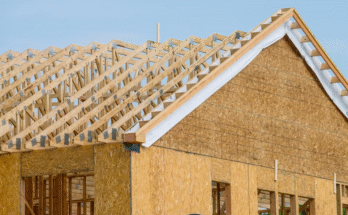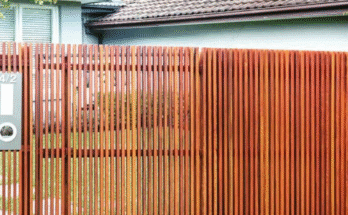Rafter Span Tables – Use these tables to determine lengths, sizes, and spacing of rafters based on several factors such as species, load, grade, and spacing. Visit the roof framing page for more information on cutting roof rafters, and visit the roof pitch calculator for determining rafter lengths based on rise and run.

Rafter Framing
The span tables on this page cover the following two design scenarios:
- Rafters with ceiling not attached to rafters, live load = 20 Psf, dead load = 20 Psf, deflection limit L/180.
- Rafters with ceiling not attached to rafters, ground snow load = 50 Psf, dead load = 20 Psf, deflection limit L/180.
The first span table is for roofs where the ceiling is not attached to the rafters (with no snow load), a live load of 20 Psf, a dead load of 20 Psf, and a deflection limit of L/180. The second span table is the same as the first, except it assumes a ground snow load of 50 Psf.

Rafter Span Diagram
When calculating the maximum span of a rafter, use the horizontal distance between two vertical supports. Note also that you can break up the span of a rafter by adding a purlin and bracing to the underside. The braces need to be supported by a bearing wall, shown in the diagram above.
Example: In the rafter span table below, the highlighted cell (13-0) indicates that a 2″ x 8″ Douglas Fir rafter, with a grade of #2, spaced 24″ apart, can have a maximum span of 13 feet – 0 inches (13-0) if designed for a live load of 20 Psf, and dead load of 20 Psf.


